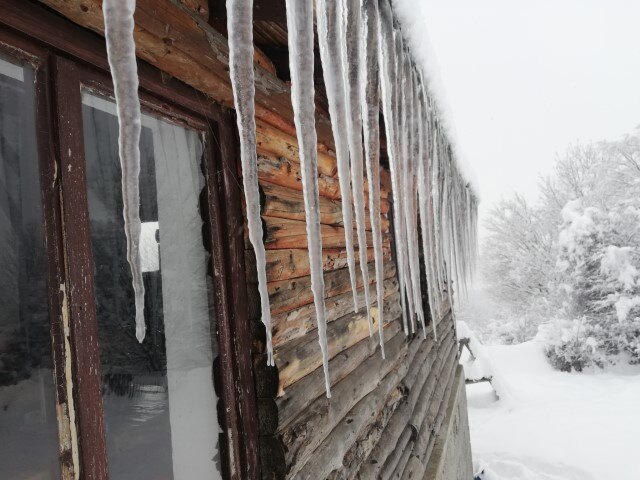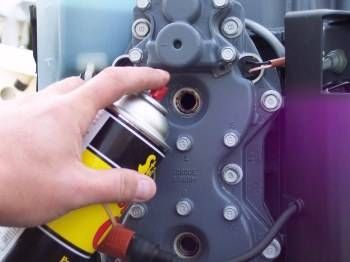How to Winterize a Diesel Engine
In cases where diesel engines are going to be inactive for stretches during the winter, special steps need to be taken to prepare them. Most...

It’s always best to think about important things before you need them. Before they become urgent. Fall is upon us with winter not far behind. If you live in an area with a snowy winter climate, it is wise to look at getting your snow blower ready to winter now.
 Fortunately, this isn’t a complicated proposition. Snow blower manufacturers recommend a few basic steps.
Fortunately, this isn’t a complicated proposition. Snow blower manufacturers recommend a few basic steps.
First, replace your spark plug. You should do this yearly.
The next step depends on if you have a two-stroke or four-stroke model. For four-stroke engines, change your oil if you haven’t changed it within the last year. For a two-stroke snow blower, you obviously don’t change the oil, you use a fuel-oil mixture. Check your owners manual for the correct mix and be sure to get that right. Use too little oil and you could damage the engine from lack of lubrication. Too much oil in the mix will foul the spark plug.
Next, take some fresh fuel (or fuel-oil mix) and add gas stabilizer to it. If available, use an ethanol-specific fuel treatment that protects small engines from ethanol solvency and damage. It’s also good if the treatment has a detergent to clean out gums and varnishes that may have formed.
Next, tighten nuts and bolts, especially the ones on the control linkages. They can work themselves loose over time as you use the blower and it vibrates.
Next, read your owner’s manual and see if it recommends any adjustments to the auger scraper and skid shoes. Having these properly adjusted will make sure you don’t leave a lot of snow behind while you’re blowing.
Last step – fire up your snow blower and let it run for 5-10 minutes or so. This will work the treated fuel throughout the fuel system and make sure your snow blower is working the way it’s supposed to.
That’s pretty much it. Good luck this winter!
Check out these other posts on Small Engines:
Image Credit: jzlomek on MorgueFile
In cases where diesel engines are going to be inactive for stretches during the winter, special steps need to be taken to prepare them. Most...

As winter approaches, we typically publish various blog articles with helpful advice on getting important appliances and equipment ready for winter –...

Now that Labor Day has passed, boating season is coming to an end while cold weather looms on the horizon. The engine is the most expensive part of...